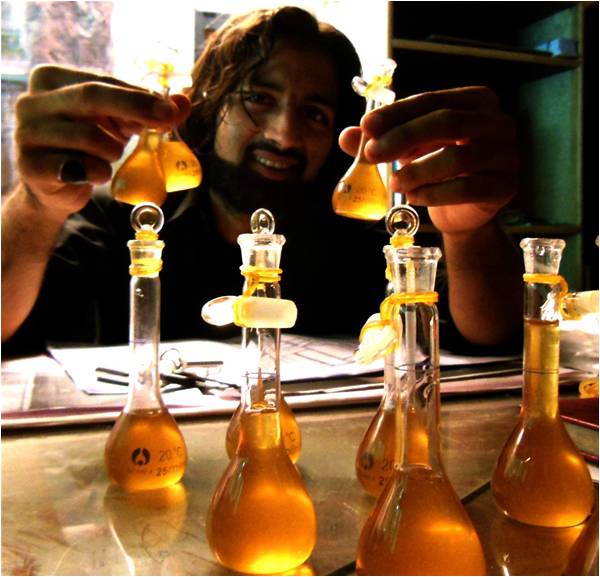
Thy Lord taught the Bee
To build its cells in hills,
On trees and in man’s habitations;
Then to eat of all
The produce of the earth…
From within their bodies comes a drink of varying colors,
Wherein is healing for mankind.
- The Holy Quran
Your lips are as sweet as nectar, my bride.
Honey and milk are under your tongue.
Your clothes are scented like the cedars of Lebanon.
- Songs of Solomon
The Indus river that runs through the heart of Pakistan wreaked havoc, destroyed livelihoods, and uprooted entire communities along its shores during the floods of 2010. The organization Resettling the Indus – with a team of under-30 year olds, comprising young designers, architects, and student volunteers – has taken upon itself the ambitious task of resettling the vast expanses around the Indus River. Their aim to not simply rebuild what has been lost, but to build it better. They began with a pilot project of rebuilding one hundred homes in Kurai, in the heart of Muzaffargarh, with three laborers and one mason. What began in Southern Punjab has spread to regions of Sindh and Waziristan. During the first year, they rebuilt 240 homes, a free school and a free pharmacy; the next year saw the process doubling and resulted in 500 rebuilt homes, 2 free schools, and 2 free pharmacies, and the setting up of cottage industries in the villages. This year, they have planned to rebuild one thousand homes.
Rt.Indus has been a donor-driven project, but Hyder Ibrahim, the young, energetic architect spearheading the project, is now seeking to provide funding through -hmi Enterprises. The enterprise operates on the principles of utilizing existing skills and resources of rural communities to sustain those very communities through indigenous, organic business solutions; all profits go towards Rt.Indus.
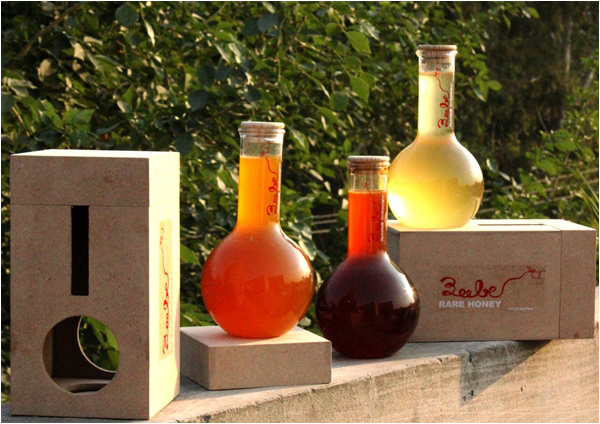
Hyder Ibrahim has a fashionable beard and a passionate air about him. Whether natural, or fashioned deliberately, there is less of the architect and more of the hippie rockstar in his demeanour. This young man’s passion for humanity would put any part time do-gooder to shame. Being the brains and, on many occasions, the brawns behind Resettling the Indus, an organization he started after the devastating 2010 floods, Hyder has helped rebuild the homes, mosques, schools and lives of thousands of men, women and children across the length of the country, and continues to do so to date. Involving locals in rebuilding their own communities with clay bricks indigenous to most rural areas in the country, Rt Indus has boosted a sense of pride in the communities it has touched while providing them the means to sustain themselves.
The most extraordinary project of -hmi Enterprises, a branch of Resettling the Indus, is Beebe Honey. The operation started a year and a half ago when two men from a rural community in Southern Punjab approached Ibrahim in pursuit of employment. He offered them carpentry work, but they told him that they were, curiously enough, “honey harvesters”. The Indian subcontinent has a rich tradition of specific skills being passed down from generation to generation such as say, playing a particular musical instrument, or stone masonry, or carpentry. Similarly, these men knew how to harvest wild honey using traditional, age-old methods. Their arsenal of tools simply constitutes four things: a knife – serrated and curved, to separate the hive, cigarettes to smoke out the bees, a bowl to collect the honey in, and goggles to protect their eyes. The Beebe Honey operation started with these two harvesters and now boasts of a team of eighty-nine, with a main testing depot in Muzaffargarh to ensure there are no additives or impurities, through which the honey makes its way to Islamabad for packaging. Hyder, of course, has designed the distinctive packaging himself. The operation currently spans Southern Punjab, North Baluchistan, South Waziristan, Jhang and Karrak. And the quality control, consistency and quantity of harvested honey they’ve achieved is unprecedented in the history of the region.
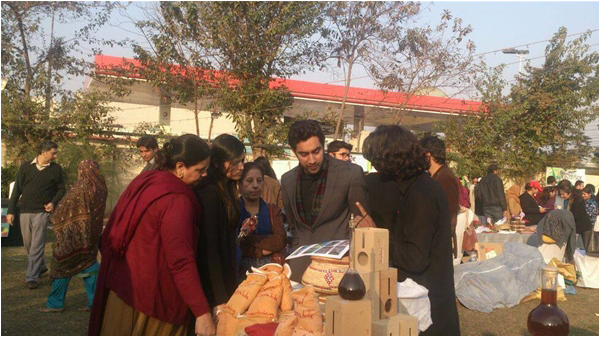
[quote]The varieties of commercial honey available are made through a synthetic process[/quote]
Hyder explains that the varieties of commercial honey available are made through a synthetic process, which results in a synthetic product: the bees are imported from another country, farmed in boxes, and fed sugar. On the other hand, Beebe Honey is locally sourced, organic, and made by wild bees. With the help of horticulturalists and botanists who worked with him on the F-9 park in Islamabad – an entire sector of the city that’s been devoted to park space as opposed to housing, and a project Hyder worked on as an architect with Nayyar Ali Dada – Hyder conducted research into harvesting wild honey, and the relationship between the flower and the hive. Realizing that lessening the travel distance between the two for the bee would yield much greater honey; Hyder saw it as an architecture and design problem, and set about solving it. A little tinkering resulted in an amazing discovery: flavoured honey. The team found that it was not that difficult to ensure that the bees extracted nectar from only particular sources; this yielded honey with a very distinct flavour and the accompanying aroma of the nectar source. So far, they’ve harvested varieties of honey such as dates and cotton from Punjab, wild herb and jujube from Waziristan, jujube and wild flower from North Baluchistan, acacia from Jhang, as well as the famous jujube from Karrak.
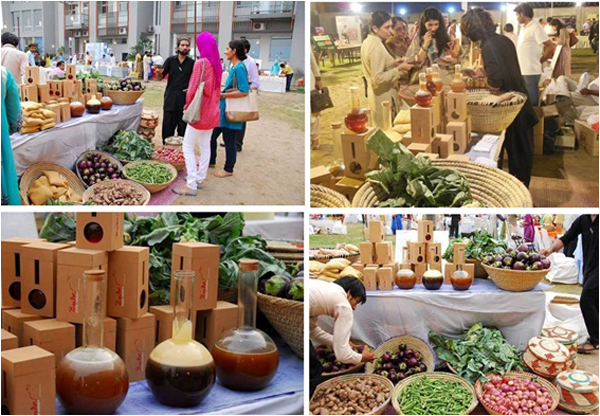
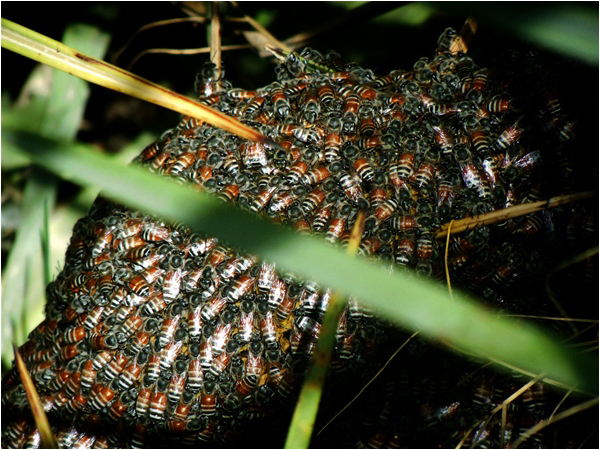
When I discuss the “price” of the honey, Hyder corrects me, “The money acquired from a bottle of honey given is not characterized as a sale, but a donation. This is an opportunity for people to contribute to Rt.Indus without picking up a shovel themselves.”
[quote]The carbon end of a matchstick will still be able to light after being dipped in pure honey[/quote]
The project has ensured employment for many young men in rural communities, who can learn the harvesting method from the Beebe Honey harvesters. The harvesting process in itself becomes a training workshop for those who wish to learn. Anyone who has been trained can submit their yield to the main depot in Muzaffargarh, where it is tested promptly, and receive instant payment. When I inquire about testing methods, Hyder grins and describes what he calls the “paindoo” tests. “My only precedents are indigenous,” he declares. These are tests that rural communities have used for centuries to determine ‘pure’ honey from one that has been processed. For example, raw wild honey will always slide slowly down an earthy slope; if it halts in its tracks, it is not deemed pure. The carbon end of a matchstick will still be able to light after being dipped in pure honey due to its distinctive chemical properties. Its viscosity will ensure that it never seeps through paper. And lastly, it dissolves instantly in water without having to be heated.
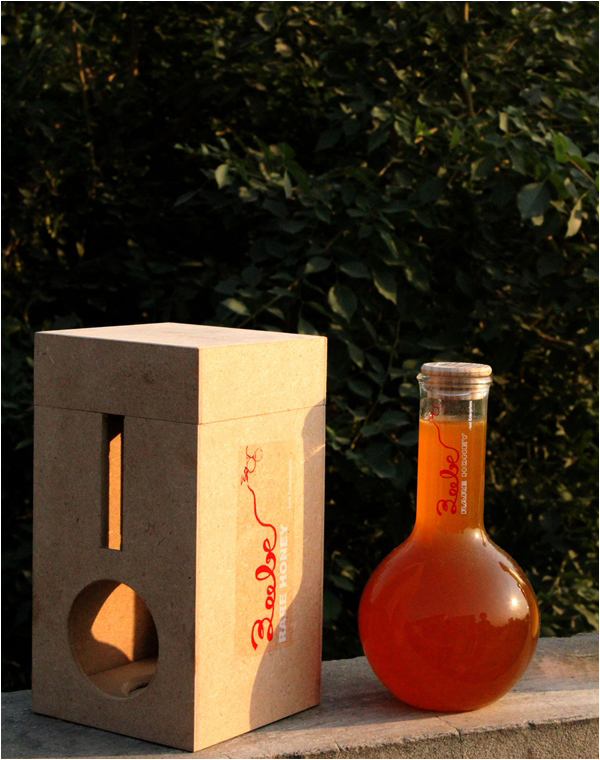
[quote]Beebe Honey has plans to export the product, so that the world, as Hyder says, can also taste the riches of our poorest communities[/quote]
Hyder tells me that honey, in its purest form, is an imperishable project, as long as it’s packaged properly, so the Beebe Honey team doesn’t need to worry about a deadline for selling what they extract. I am skeptical of this claim, but a little research proves him right. Jars of honey were buried with the dead in ancient Egypt as sustenance for the afterlife. Recently, archaeologists have found clay pots filled with honey in a Pharaoh’s tomb in the city of Thebes. This honey, thousands of years old, has remained as nutritionally sound as freshly extracted honey. Hyder is enthusiastic about the seemingly miraculous properties of the product Beebe Honey produces; he describes it as a healing agent, an aphrodisiac, even something that can impact one’s emotional and spiritual health. While this may seem like an incredible claim, it remains true that examples of the cultural, religious, and mythic importance of bees and honey are numerous, varied and almost universal. Hinduism supports the idea that honey is one of the five elixirs of immortality. Vedic and ancient literature supports medicinal and healing honey in their texts. The Hebrew Bible references honey many times over; for example, the book of Exodus proclaims the Promised Land “land flowing with milk and honey”. Islam’s Prophet Muhammad (PHUH) recommended honey for healing purposes, and it finds mention in the Quran.
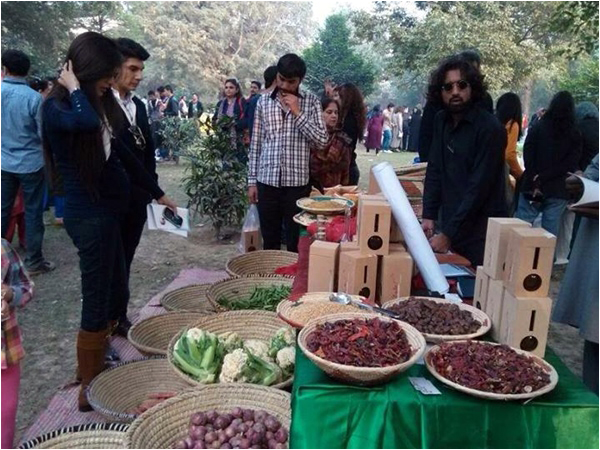
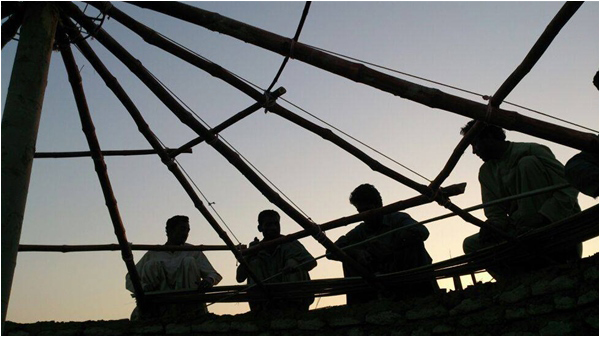
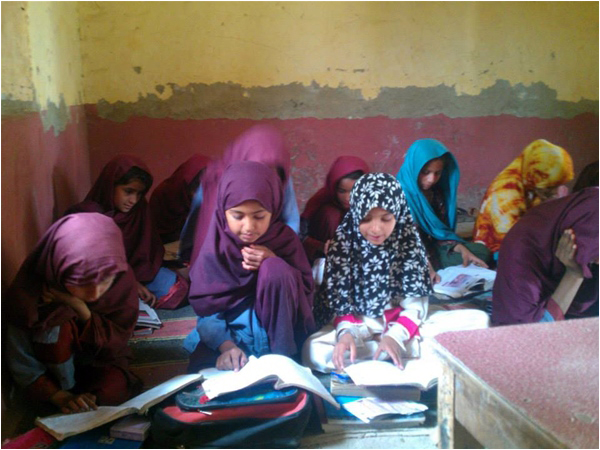
Perhaps most of these references can be explained through allegorical analysis. However, some are clearly rooted in the physical properties of the substance itself. Honey is a lush, deeply rich cosmetic ingredient that is also a natural antiseptic. The antimicrobial agent in honey may have the potential for treating a variety of ailments. Historically, honey has been used by humans to treat many illnesses, from gastric disturbances to ulcers, wounds and burns, through ingestion or topical application.
[quote]Some of the harvested honey is sent to the villages where it's extracted from, free of cost[/quote]
The company makes sure that those who are producing the honey are its first beneficiaries as well – some of the harvested honey is sent to the villages where it’s extracted from, free of cost. Beebe Honey has plans to digitalize distribution, and export the product, so that the world, as Hyder says, can also taste the riches of our poorest communities. The money spent to buy Beebe Honey goes towards rebuilding schools, places of worship, but mostly the homes and livelihood of Pakistani villagers, and with a product so marvelous, giving has never been so sweet.
Beebe honey products can be procured directly from the company. For information, please call +92-333-4824320, or access www.rtindus.org. Currently, –hmi Enterprises is in the process of opening a bakery of organic products at the Nairang Art Gallery on Jail Road, Lahore, making Beebe Honey more accessible

